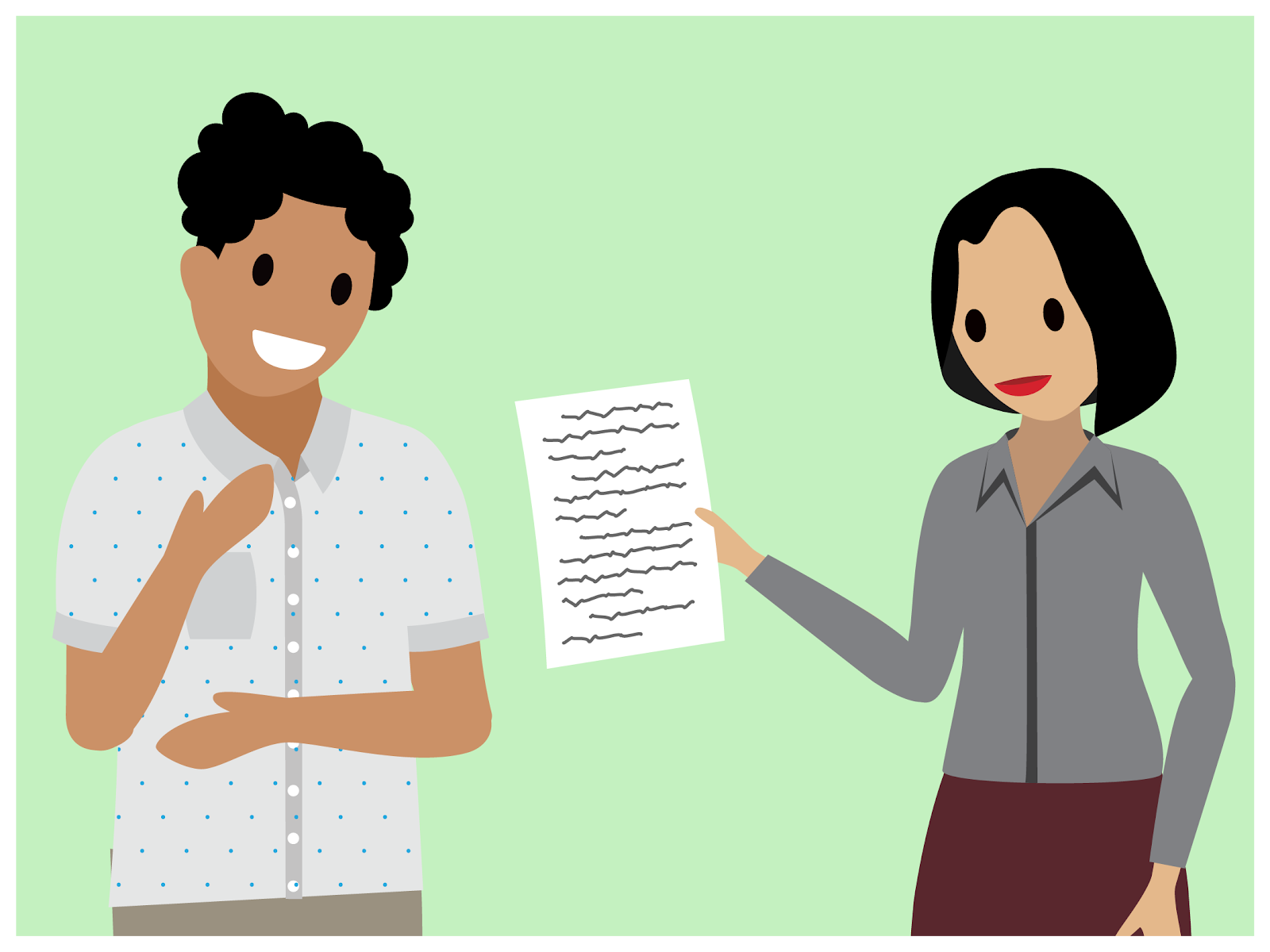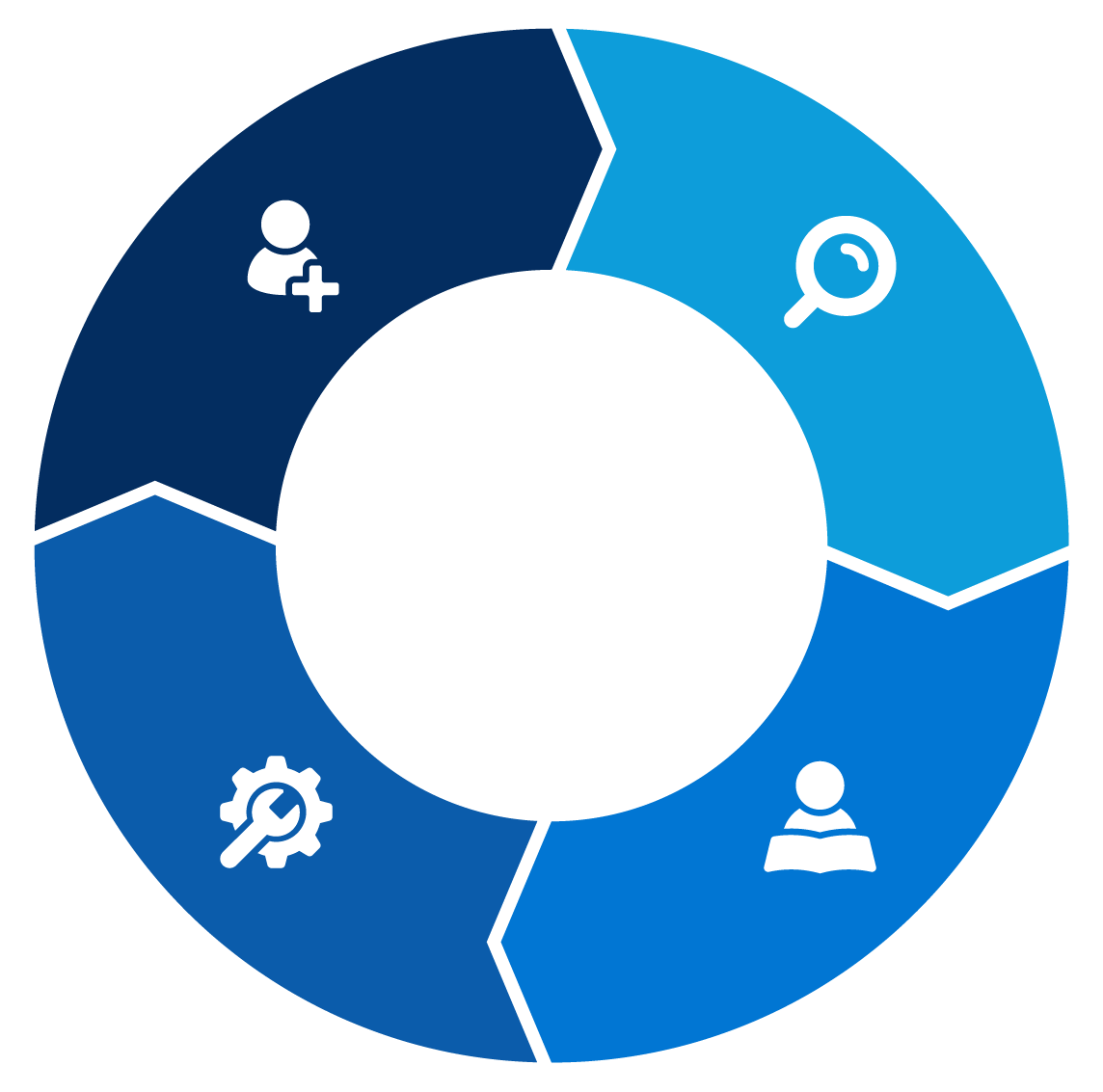Develop a Training Plan
Learning Objectives
After completing this unit, you’ll be able to:
- Create a basic training plan for your users.
- Define Salesforce user scenarios based on your audience.
Three Steps to Planning
A training plan ensures all your users get the training that they need. The goal is to create a scalable training program that is easy to use, is consistent, and answers all user questions and needs.
There are three major steps.
- Identify your audience.
- Determine relevant training scenarios.
- Define your training plan.
Let’s dive into each in more detail.
Identify Your Audience
Knowing your audience is critical to the success of training. Different kinds of users have distinct goals and perform different tasks in Salesforce. Focus your training on their role, and create training scenarios that are relevant to their day-to-day work.
To do this, you need to know:
- Who needs to be trained
- What processes they use in their work
- What scenarios, or regular sets of processes, they can do with Salesforce
For example, this table shows how an executive, a sales manager, and a sales rep might interact with the application.
Training Areas |
Sales Rep |
Sales Manager |
Executive |
|---|---|---|---|
Leads Process |
x |
x |
|
Sales Process |
x |
x |
|
Activity Tracking |
x |
||
Account and Contact Management |
x |
||
Reports and Dashboards |
x |
x |
x |
Determine Training Scenarios
Training is more effective when you include scenarios that are relevant to your learners. A scenario is a set of processes that a user typically goes through on a daily basis using Salesforce.
Let’s look at an example scenario for a sales rep.
Before meeting with a prospect, the sales rep prepares by reviewing relevant information. How does she use Salesforce for this? She reviews account, contact, and activity history in Salesforce.
Once the meeting ends, the sales rep captures important meeting outputs. How does she use Salesforce for this? She updates an open opportunity and schedules follow-up tasks.
When the sales rep is on the road, she needs to access and update critical information quickly and easily. How does she use Salesforce for this? She uses the Salesforce mobile app to perform all the same activities on the go!
To recap, this sales rep needs to know how to use accounts, contacts, activity history, opportunities, and tasks within Sales Cloud to effectively do her job.

Define a Training Plan
The plan is really just a matrix of who needs to be trained (users) and what they need to be trained on (scenarios).
Here’s a recommended training plan for a brand new user.
Before Go-Live |
After Go-Live |
|
|---|---|---|
|
1. Salesforce Basics
|
2. Scenario Training
|
3. Refresher Topics
|
For more guidance on defining your scenarios and training plan, see the Plan Your Training section in the Getting Started Workbook listed in the Resources section.
Remember that training isn’t a one time thing. Training should be provided before users start using Salesforce as onboarding and as ongoing help as they encounter issues such as troubleshooting. For more information about the user engagement or learning journey, see the User Engagement Trailhead module listed in the resources.

Resources